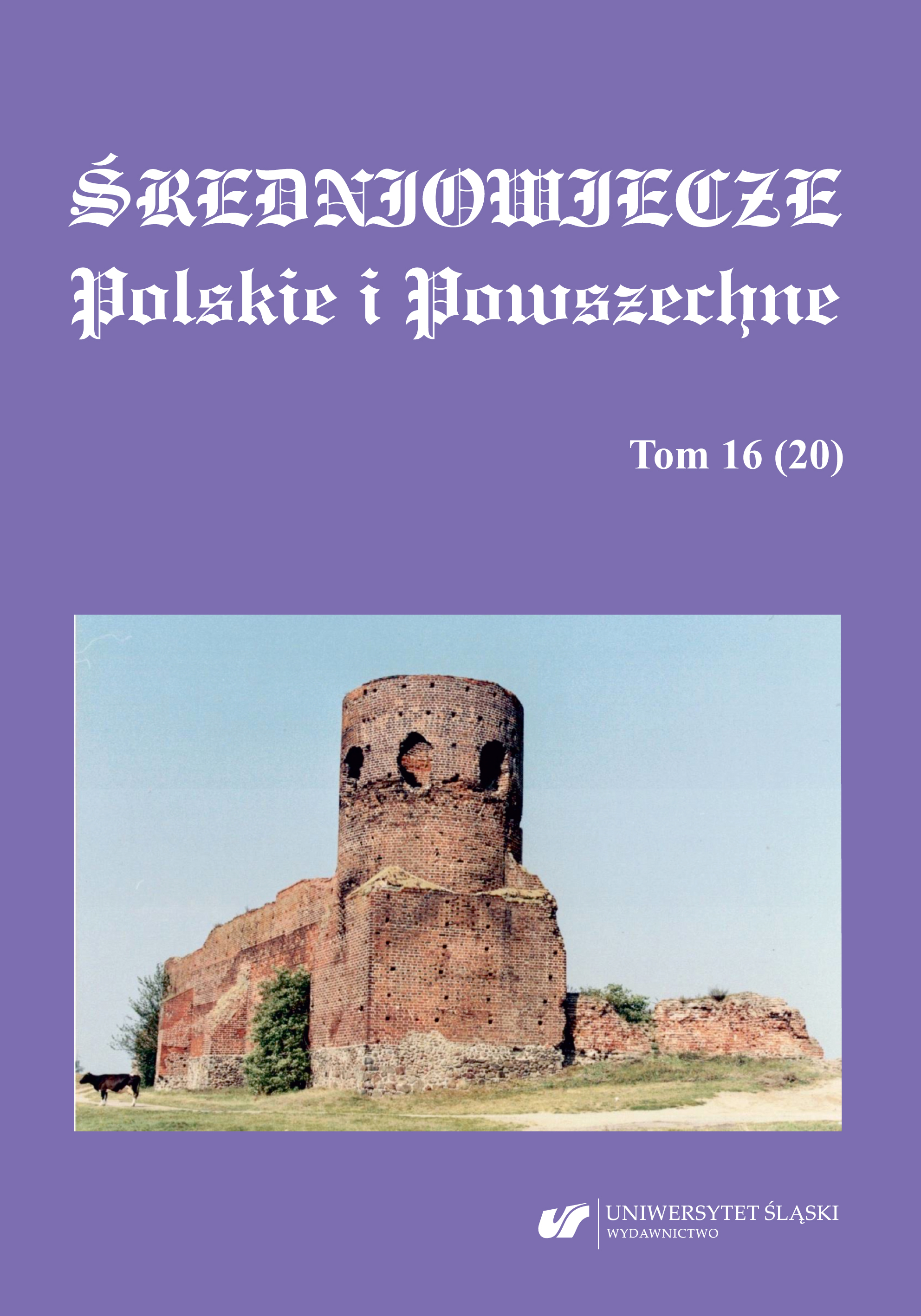Gmerk – znak własnościowy czy tożsamości mieszczan? O pewnych niekonsekwencjach polskiej terminologii heraldycznej
A Gmerk House Mark – a Mark of Ownership or Identity of the Townspeople? On Some Inconsistencies of Polish Heraldic Terminology
Author(s): Marcin StarzyńskiSubject(s): History, Semiotics / Semiology, Logic, Sociology, Economic history, Middle Ages, Semantics, Cognitive linguistics, Philosophy of Mind, Social psychology and group interaction, Cognitive Psychology, Rural and urban sociology, Sociology of Culture, Identity of Collectives, Stylistics
Published by: Wydawnictwo Uniwersytetu Śląskiego
Keywords: sign; identity; bourgeoisie; bourgeois heraldry; a gmerk house mark
Summary/Abstract: The author of the present study traces the way the signs used by city dwellers have been defined in Polish historiography so far. Taking the capital city of Krakow as an example, he showed that, like in Prussian centres, they used both gmerk house marks (i.e. bar identification signs) and bourgeois coats of arms (made up of a coat of arms and a shield, where heraldic figures in the strict sense of the word, but also bar signs, were used in parallel). The division outlined in this way allows us to assign the status of a coat of arms to a composition consisting of a coat of arms and a shield. The author also confirmed that the adoption of this graphic pattern (emblem + shield) by the townspeople was the result of their influence and observation of certain products of knightly culture. Moreover, both (knights’ coats of arms) and the other (burghers’ coats of arms) were intended to identify in the first place. In the case of noble coats of arms, at least in Poland, they have become a visual symbol of belonging to a particularly privileged class. So they spoke, as if for the owners, about their legal status. And although they were undoubtedly also used among the townspeople (as the result of some imitation), they did not duplicate all the functions of the nobility coat of arms, and, above all, they did not build the bourgeois (estate) identity.
Journal: Średniowiecze Polskie i Powszechne
- Issue Year: 16/2024
- Issue No: 20
- Page Range: 161-184
- Page Count: 24
- Language: Polish

